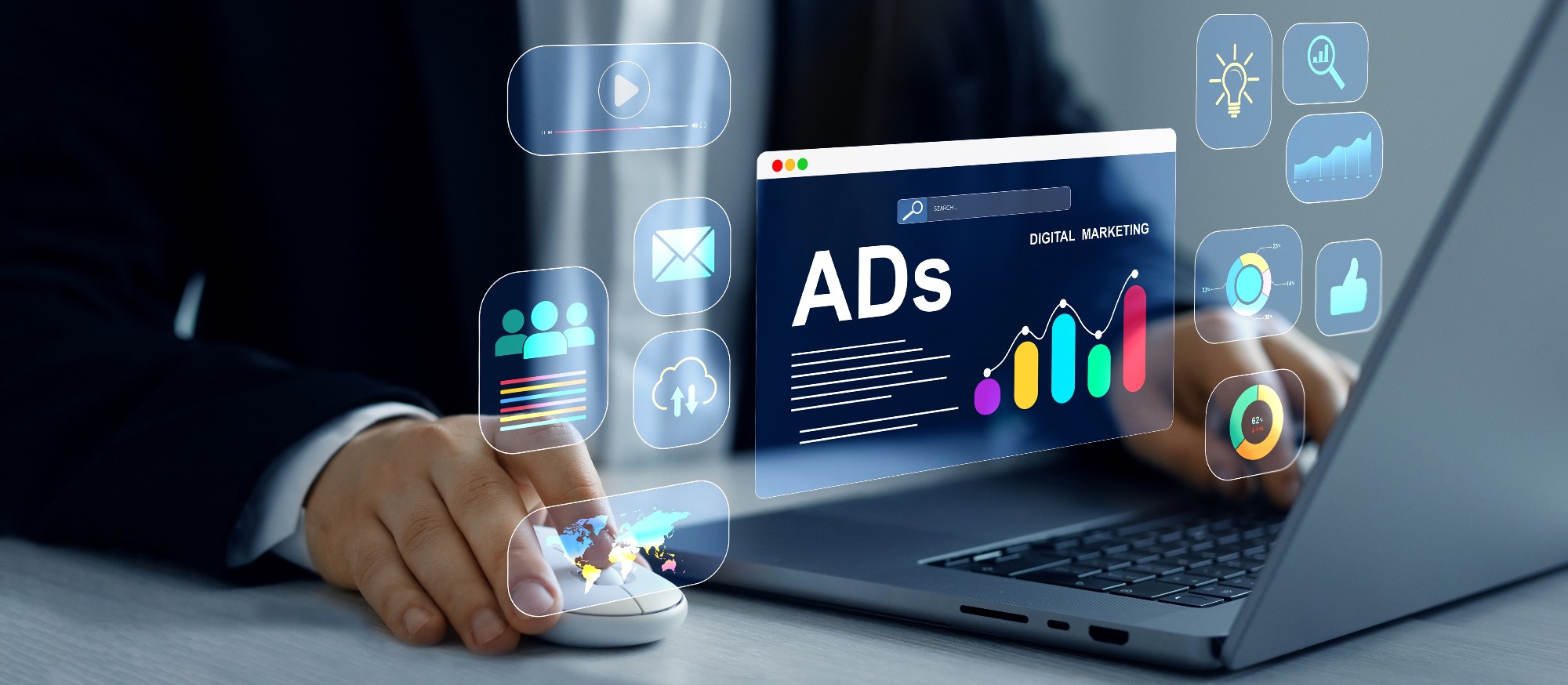What are the movers, shakers and game-changers for 2025? The convergence of artificial intelligence, advanced advertising technologies, cloud production workflows, and evolving content consumption habits is ushering in a new era. Media companies are being challenged to rethink how they create, distribute, and monetize content—while audiences expect richer, more personalized experiences across every screen.
Here’s a comprehensive look at the most significant trends transforming the media landscape this year—and what they signal for the future.
Artificial Intelligence Becomes a Creative Force
AI is no longer simply a backend tool; it’s becoming a full-fledged creative collaborator. In 2025, artificial intelligence plays an integral role across every stage of content development, from ideation to production and delivery.
AI and machine learning are being used to streamline every part of the pipeline—from asset management to quality control. Automated tagging, searchability, and indexing accelerate turnaround times and reduce the workload on creative teams.
Scriptwriting, video editing, voiceovers, and even character animation are now frequently assisted by generative AI models. Newsrooms are using AI for real-time reporting, multilingual translation, and automated summarization. Personalized recommendation engines are more intuitive and predictive than ever, adapting in real-time to user preferences and engagement patterns.
Beyond media creation, AI is powering ultra-targeted marketing campaigns and real-time content customization—offering each viewer a tailored experience. Deepfake technology, synthetic avatars, and digital twins are emerging in both entertainment and branding, raising the bar for immersive storytelling while requiring careful ethical oversight.

Google DeepMind. An artist’s illustration of artificial intelligence (AI). This illustration visualises an artificial neural network as physical objects.
Immersive and Interactive Content Becomes Mainstream
As media consumption becomes more interactive and immersive, the boundaries between content and audience continue to blur. Augmented reality (AR), virtual reality (VR), and mixed-reality (MR) experiences are increasingly accessible, particularly in gaming, live events, and branded storytelling.
Short-form video continues its dominance—particularly among Gen Z and Gen Alpha—with AI-generated content now fueling the rapid pace of creation and distribution. Social platforms remain key discovery engines, while features like live shopping, polls, and interactive narratives are turning passive viewers into active participants.
Adtech Gets Smarter and More Compliant
The evolution of advertising technology is being driven by both innovation and necessity. As third-party cookies are phased out and privacy regulations become stricter, media companies are turning to AI-enhanced, privacy-first advertising models.
Programmatic advertising continues to mature, with real-time bidding and machine learning optimizing delivery based on contextual signals and first-party data. Addressable advertising—particularly on Connected TV (CTV) platforms—enables marketers to deliver unique messages to specific audience segments watching the same content. This level of personalization is reshaping performance benchmarks and return on ad spend.
As advertisers prioritize compliance and transparency, the focus is shifting to solutions that honor consumer privacy while still delivering measurable impact. Contextual targeting, clean rooms, and consent-based data strategies are setting the new industry standard.

Streaming Expands Through FAST, Local Content, and AI
Streaming remains the dominant mode of content consumption, and in 2025 it’s evolving in several critical directions. Free Ad-Supported Streaming Television (FAST) services are expanding rapidly, offering curated, linear-style channels without subscription fees. These platforms are finding favor among value-conscious viewers and advertisers alike.
At the same time, global streaming giants are doubling down on localized content to penetrate new markets. Strategic partnerships with regional studios and talent are helping platforms meet local tastes while building cultural relevance.
AI-powered recommendation engines are now more contextual, factoring in not just past behavior but also mood, time of day, and social signals to surface content with greater accuracy. With continued 5G expansion and better broadband access, high-definition, low-latency streaming is becoming standard across devices and geographies.

Monetization Models Go Hybrid and Decentralized
To remain competitive and resilient, media companies are diversifying their revenue streams. Traditional subscription and ad-supported models are being reimagined into flexible hybrids—offering consumers tiered access with optional ads or premium content bundles.
Microtransactions are gaining ground, especially in gaming, creator platforms, and fan-driven ecosystems. Viewers can now pay small fees for bonus content, early access, or exclusive experiences.
Blockchain is quietly transforming digital rights management and payment infrastructure. Smart contracts are being tested for automated royalty distribution, while NFTs and tokenized media offer new ways to monetize digital assets with built-in scarcity and provenance.
Streaming platforms, meanwhile, are experimenting with dynamic pricing models, where costs may vary based on demand, engagement levels, or bundled content.
CDN Log Ingestion Improves Performance and Security
Behind the scenes, Content Delivery Network (CDN) log ingestion has become essential for operational optimization. Solutions such as NPAW’s QoE Analytics and CDN Balancer utilize these logs. By combining log data with user analytics, video providers can pinpoint bottlenecks, identify underperforming CDNs, and manage end-user Quality of Experience (QoE) with precision.
These logs also play a critical role in content security. Significant discrepancies between CDN usage and video play metrics may indicate unauthorized embeds or piracy. Real-time monitoring of such anomalies helps providers proactively safeguard their content and enforce licensing agreements.

NPAW CDN Balancer dashboard
Remote and Cloud-Based Production Becomes the Norm
Remote production, powered by cloud infrastructure, is no longer a pandemic-era workaround—it’s the new industry standard. From live event coverage to post-production workflows, cloud-based collaboration is enabling creative teams to work seamlessly across continents.
NextGen TV Transforms Over-the-Air Broadcasting
The rollout of ATSC 3.0—known as NextGen TV—is breathing new life into traditional broadcasting. With support for 4K resolution, immersive audio, targeted advertising, and real-time interactivity, over-the-air content is catching up to digital standards.
Advanced emergency alerts, local personalization, and on-demand capabilities make NextGen TV not just more functional, but more essential—especially in areas underserved by streaming infrastructure. Broadcasters are also exploring new monetization models, including paid local channels and interactive ad experiences.
The Media Landscape of Tomorrow…Today
The media industry in 2025 is more dynamic, data-driven, and audience-centric than ever before. Innovation is accelerating across every touchpoint—from how stories are created to how they’re delivered and experienced. Companies that embrace this transformation will not only thrive—they will lead the way in defining what the future of media looks like.
About NPAW
NPAW is the leading business intelligence company for streaming video providers. Using the NPAW Suite of monitoring and delivery solutions, we service over 200 global OTTs, broadcasters and telecom operators. Learn more about the NPAW Suite today.

